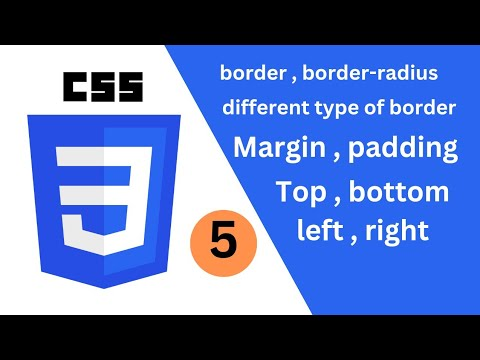Introduction:
CSS Mask Border is a powerful asset that allows web developers to create stunning visual effects by combining masks and borders. Using this property, you can create complex and eye-catching layouts that enhance the appearance of your website elements. In this article, we'll explore the CSS mask border property in detail, covering its syntax, usage, and different techniques to unleash your creativity.
 |
Understanding the CSS skin border property:
CSS mask borders are a relatively new addition to the CSS specification. Combines the functionality of masks and borders, allowing you to apply a mask directly to the border area of an element. We'll start by understanding the basics behind masks and borders and see how CSS mask borders combine the two to produce attractive results.
CSS skin border application:
To get started with the CSS mask border, we'll dive into its syntax and usage. We'll explore the different values and qualities that can be applied to create different effects. In addition, we'll discuss how to define the size and shape of the mask's border and how to control its position on the element.
Creating Mask Border:
In this section, we'll learn about techniques and strategies for creating different types of mask borders. We'll explore how to use images, gradients, and SVG as border masks, opening up a world of possibilities for designing unique and visually appealing elements. We'll also cover advanced techniques such as animating the edges of a mask and applying multiple mask layers.
Highlight Your Code Syntax with Style Prism .js
Style & Customization:
CSS Mask Border provides a range of styling and customization options to further enhance your designs. We'll explore how to modify the color, width, and style of the border, as well as adjust the blending mode between the skin and the element. We'll also discuss the interaction between the skin border and other CSS properties, such as box-shadow and background.
Use cases and motivation:
To spark your creativity, this section will provide real-world examples and practical usage examples for CSS mask borders. We'll show how it can be used to create eye-catching image galleries, unique buttons, decorative dividers, and more. We'll also highlight inspiring websites that effectively leverage CSS skin borders to create visually appealing user interfaces.
Browser Compatibility and Backup:
As with any CSS property, it is important to consider browser support and provide fallback options for unsupported browsers. We'll talk about current browser support for CSS mask borders and explore possible workarounds while ensuring that your layouts still maintain a graceful degradation in older browsers.
Programming Languages Used in Games
Performance Considerations:
While CSS mask borders allow for visually appealing effects, it's important to keep in mind the performance implications. We'll provide tips and best practices for optimizing the performance of your skin border layout, such as using appropriate image formats, minimizing unnecessary effects, and considering the impact on page rendering.
Conclusion:
CSS Mask Border is a versatile property that allows web developers to easily create stunning layouts with ease. By mastering this asset, you can add a touch of elegance and uniqueness to the elements of your website. Through an in-depth exploration of syntax, usage, techniques, and real-world examples, this article has equipped you with the knowledge to effectively leverage CSS mask borders. Take advantage of the creative possibilities and upgrade your web design with the breathtaking effects of CSS Mask Border.

Comments
Post a Comment